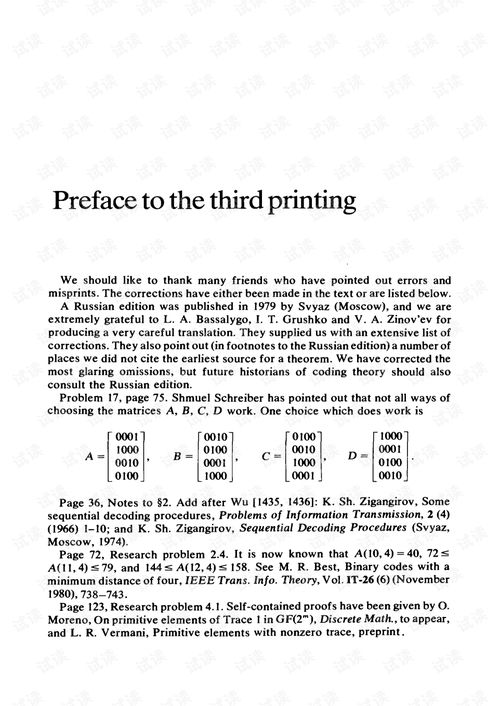Content:
Introduction: Fishing at a wild pond can be an incredibly rewarding experience, offering a serene environment and the chance to catch a variety of fish. One of the most common and effective baits used in pond fishing is the humble earthworm. In this article, we will delve into the art of wild pond fishing, focusing on the best techniques and how to use earthworms effectively to increase your chances of a successful catch.
Choosing the Right Spot: The first step in successful pond fishing is selecting the right spot. Look for areas where there is a concentration of vegetation, as these spots are often popular with fish. Pay attention to areas where the pond's depth changes gradually, as these transition zones can be hotspots for fish activity.
Understanding the Pond's Ecosystem: Before you start fishing, take a moment to observe the pond's ecosystem. Look for signs of fish activity, such as splashes or bubbles near the surface. Pay attention to the types of fish present, as this will influence your bait choice and fishing technique.
Choosing the Right Equipment: For wild pond fishing, you'll need a few essential pieces of equipment. A lightweight rod and reel are ideal, as they are easy to maneuver and provide a good balance between sensitivity and casting distance. A variety of hooks, from small to medium sizes, will allow you to cater to different fish species. A tackle box with a selection of lures, sinkers, and leaders is also essential.
Using Earthworms as Bait: Earthworms are a classic choice for pond fishing due to their natural appeal to fish. Here are some tips on how to use earthworms effectively:
Catching Earthworms: The best way to ensure a supply of fresh earthworms is to catch them yourself. Use a small container and a stick to gently dig around the pond's edge or in areas with rich soil. Be gentle to avoid damaging the worms.
Preparing the Worms: Once you have your earthworms, it's important to prepare them properly. Remove any excess dirt and ensure the worms are plump and healthy. Avoid using worms that are too thin or damaged, as they may not be as effective.
Attaching the Worm: There are two common methods for attaching a worm to a hook. The first is the "Gentle Loop" method, where you thread the worm onto the hook without pulling it too tight. The second is the "Half-Worm" method, where you use only half of the worm and secure it at the hook's eye. Both methods have their advantages, so experiment to see which works best for you.
Presenting the Bait: When presenting your worm bait, it's important to mimic the natural movement of earthworms. Gently twitch the rod tip to make the worm look alive and appealing to fish. Avoid jerking the rod too hard, as this can spook the fish.
Advanced Techniques: To further improve your chances of catching fish with earthworms, consider the following advanced techniques:
Depth and Presentation: Experiment with different depths by adjusting the weight on your line. Fish may be found at various depths, so it's important to adapt your technique accordingly. For instance, heavier sinkers may be needed in deeper water, while lighter ones are better for shallow areas.
Changing Bait: If you're not having much luck, try changing the way you present the worm. For example, try a different method of attaching the worm, or switch to a different type of bait altogether.

Patience and Observation: Pond fishing requires patience and observation. Pay attention to the water's surface and any changes in fish behavior. If you notice fish activity, adjust your technique accordingly.
Conclusion: Fishing at a wild pond can be a delightful and fulfilling pastime. By mastering the art of using earthworms as bait and understanding the techniques and ecosystem of the pond, you can significantly increase your chances of a successful catch. Remember to always respect the environment and practice ethical fishing habits. Happy fishing!












